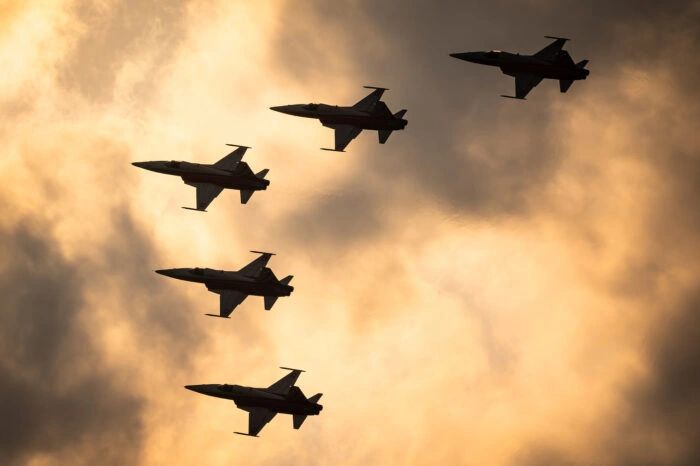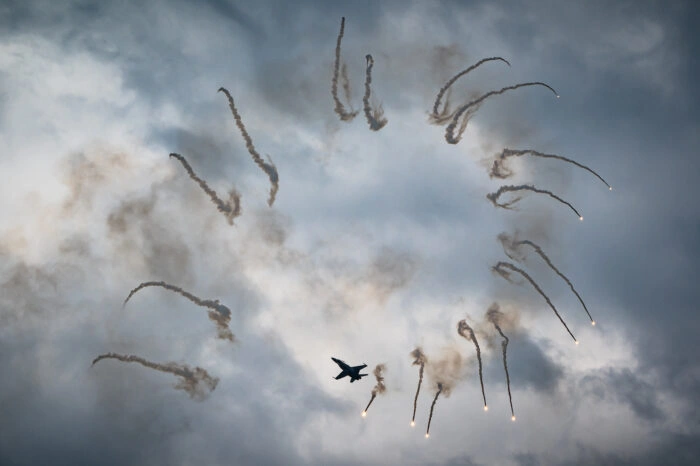Nikon 180-600 f/5.6-6.3 VR Review
Jul 01, 2024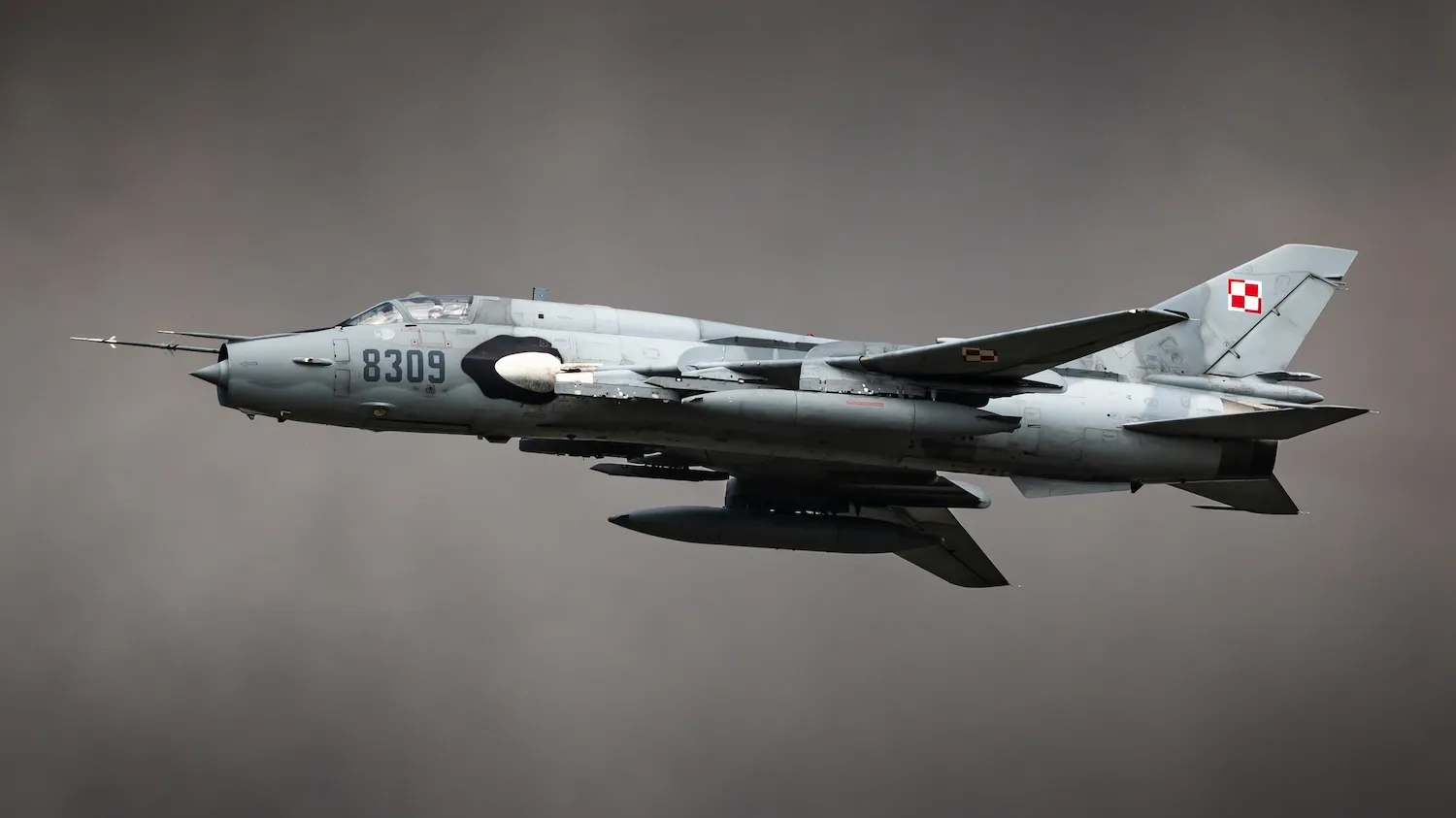
By Kris Christiaens
Because fast fighter jets and helicopters often fly at far distances from the public, as an aviation
photographer I very often use super-tele-zoom lenses. Despite the fact that I also often use
prime lenses, my personal preference is still for supertele-zoom lenses since it gives me more
options as a photographer. When Nikon announced the Nikon Z 180-600mm f/5.6-6.3 VR in
August 2023, I, along with many other photographers, was very much looking forward to testing
it extensively since its huge zoom range, compact size and yet competitive price (1,999 euros)
appealed to me. I finally got the chance to test this new super-telephoto zoom lens extensively
at the Radom Air Show in Poland, which in recent years has become one of the biggest aviation
events in Europe.

Why Poland?
The Radom Air Show in Poland was organized for the first time in 2000. This giant event takes
place every two years on the grounds of Radom airfield, about 100 kilometers south of the
Polish capital Warsaw. During this air show, mainly all historical and operational aircraft and
helicopters of the Polish Air Force are displayed. Numerous other countries are also present at
Radom, giving various demonstrations with fighter aircraft. Due to its size and many impressive
demonstrations, the Radom Air Show therefore grew to become the largest air show in Poland.
During this 17th edition of the Radom Air Show on Saturday, August 26, they exceptionally
organized a sunset show and even a show at complete darkness. In Poland it is also allowed to
take pictures around the airfield during an air show. Due to the fact that there is backlight from
the public area for almost the entire day, it is certainly worthwhile for a photographer to stand on
the other side of the airfield, in the open field, with the sun in the back. Reasons enough, to
travel to Poland with the Nikon Z 180-600mm f/5.6-6.3 VR and test it extensively.
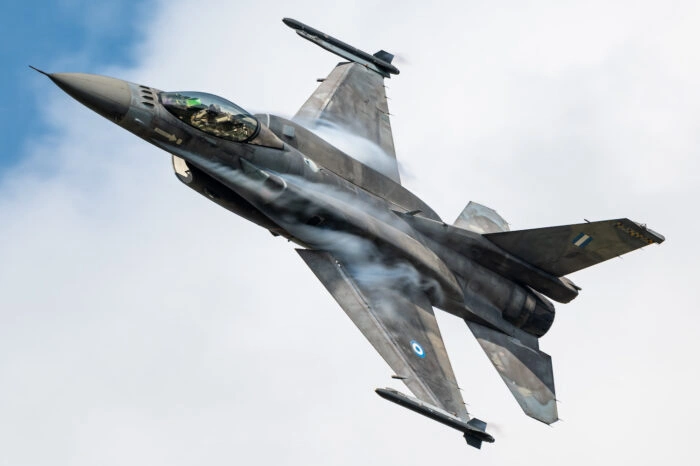
First Impression
What struck me immediately about the Nikon Z 180-600mm f/5.6-6.3 VR was that this lens was
relatively compact and light. Supertelephoto zoom lenses tend to be large and weigh a lot which
means that these are not always the most convenient lenses to take with you when you travel
far. This lens has a weight of 1.955 kilograms and this is relatively light for a lens with such
zoom range when we compare it to, for example, the Sigma 150-600mm f/5-6.3 DG DN Sports
lens with its 2.100 kilograms or the Nikon AF-S 200-500mm f/5.6E VR ED with its 2.300
kilograms. What is remarkable about the Nikon Z 180-600mm is that it is equipped with an
internal zoom which eliminates the visibility of extendable parts. This is especially useful when
taking pictures in dusty or sandy environments since no dust or sand is sucked in by the internal
zoom mechanism.
In addition, an internal zoom mechanism also ensures that the balance of the lens and the
camera is always the same and this is particularly useful when shooting fast objects or if you
want to take pictures with longer shutter speeds. The zoom ring is quite short (70 degrees) and
turns particularly smoothly, allowing you to go from 180mm to 600mm very quickly. This new
lens is fully water resistant and thanks to a locking mechanism, the lens hood or tripod mount
cannot come off easily. These features will no doubt be greatly appreciated by wildlife
photographers who often shoot in wet and dusty weather conditions. Also, this lens has four
customizable function buttons. You can assign one function each to these buttons via the menu.
The Nikon Z 180-600mm is also compatible with the teleconverters from the Z-series so you can
increase the zoom range to an impressive 1200mm.
Image Quality
In clear weather conditions, I quickly noticed that the Nikon Z180-600mm lens focused quickly
and provided very quality images. I used this new lens in combination with a Nikon Z9, among
others, and when I used the 3D tracking function with plane detection, the images turned out to
be razor sharp. The autofocus system of this lens uses STM (silent-stepping-motor) technology
which makes focusing barely audible. It goes without saying that when we compare the Nikon Z
180-600mm with the Nikon Z 400mm 2.8 TC VR S lens, the latter focuses even faster, but it also
costs eight times as much. What I also noticed is that the Nikon Z 180-600mm could also be
used to take pictures at close range. I could already take sharp images thanks to a shortest
focusing distance of only 2.4m at 600mm and 1.3m at 180mm.
Because an evening show was also scheduled during this edition of the Radom Air Show, I was
very curious to see how the Nikon Z180-600mm lens would perform in low light and slower
shutter speeds. Nikon’s Image Stabilizer (VR) compensates for vibration with an advantage of
up to 5.5 stops, so this lens still managed to produce sharp images in low light or while shooting
at slow shutter speeds and doing so freehand. I took some freehand photos with slower shutter
speeds up to 1/60sec or even longer of stationary hovering helicopters and still managed to take
sharp photos easily. However, while taking pictures in low light, during sunset or darkness, I
noticed that the lens suddenly took a little longer to focus at 600mm or even failed to focus
properly. When I zoomed out again to 180mm or 200mm, focusing worked again quickly.
Because the zoom ring is quite short, I did not find this really disadvantageous and I could
always zoom from 180mm to 600mm very quickly. I also found little or no chromatic aberration
when viewing RAW images at 200%.
Final Conclusion
For me, the Nikon Z 180-600mm f/5.6-6.3 VR is the perfect lens for those who want to do
sports, wildlife or aviation photography and do not want to use heavy and extremely expensive
lenses. Because this super-telephoto zoom lens for Nikon’s Z-series is in a very good price
range and it delivers very sharp images, this lens will undoubtedly become hugely popular
among wildlife, sports and aviation photographers in the near future. Therefore, this lens will
become a great competitor to the Nikon AF-S 200-500mm or the Sigma 150-600mm lenses. Of
course, there are lenses that offer better quality in certain conditions such as prime lenses but
these are of a different price order. The fact that this lens has an aperture of f/5.6 to 6.3 made
me hesitant to ever use or buy it myself but after extensively testing the lens in Poland I found
absolutely no disadvantages. Its quality, weight, short zoom ring in combination with the internal
zoom are enough reasons for me personally to buy this new Nikon Z 180-600mm f/5.6-6.3 VR.


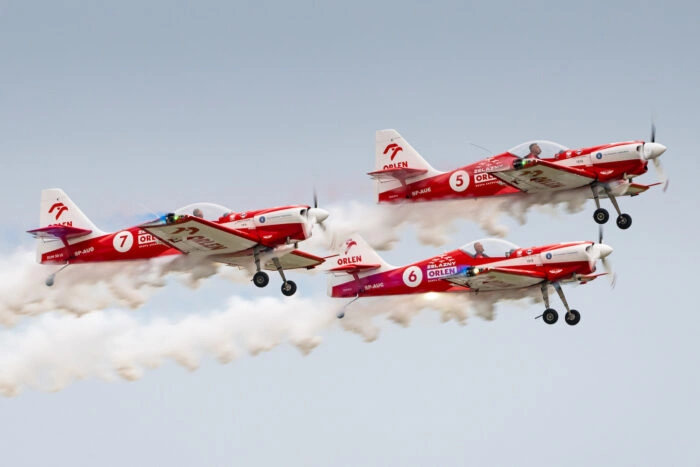
Did you know our blogs are written exclusively by our members? We'd love for you to come and experience what COAP Online is all about!
Not yet a member?
Enjoy a free 30-day trial!
COAP Online membership brings 100s of aviation photographers from around the world together in a friendly, helpful and inspirational community. You'll enjoy monthly challenges, competitions, livestreams, blogs, exclusive discounts, meet-ups and more!

